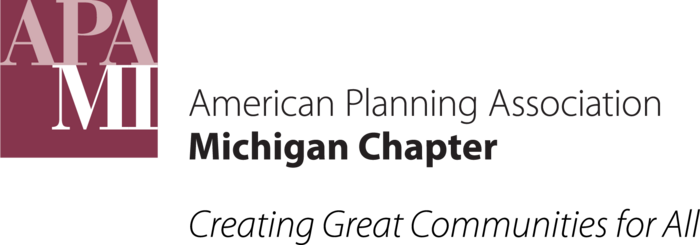Complete Story
05/09/2025
Coastal Solutions Compendium
Coastal Overlay
In the case where coastal properties are located in several zoning districts, an overlay zone can “layer” additional zoning requirements over these properties without changing the underlying zoning.
Why it supports resilience:
Similar to a coastal zoning district, a coastal overlay zone enables communities to include stricter regulations to protect coastal areas. An overlay zone minimizes disruption to overall land use patterns already in place.
How it is used:
Coastal overlays implement a few key regulations across more than one district. They are appropriate for coasts that host diverse uses and zoning classifications and therefore do not lend themselves to a single district.
A coastal district ordinance may implement a setback, impose buffer requirements, restrict coastal armoring, and include waterfront uses such as marinas and resorts. Where it establishes a setback or buffer requirements, a regular review schedule and procedure is necessary to address changing conditions.
Possible obstacles to implementation:
- The community may resist an additional layer of regulation on top of the existing zoning restrictions.
- Properties to be included in the overlay district must be mapped.
- The additional layer of regulation increases the complexity of zoning administration.
Example:
City of Grand Haven Beach Overlay District
40-423. Beach Overlay District 40-423.01 Intent. “The Beach Overlay District (B-OD) is an overlay district intended to prevent damage to private property along the shore of Lake Michigan, to prevent damage to public trust shorelands, and to preserve the character of those public trust shorelands, which constitute a valuable public resource and an important part of the identity of the community.
…These regulations are intended to prevent the construction of structures and implementation of other measures that would have deleterious effects on neighboring private properties and on public trust shorelands more broadly, to preserve the character of public trust shorelands along the Lake Michigan shoreline, and to protect vistas from neighboring public parks. These regulations are supported by the Master Plan.”
Chocolay Township Lake Superior Shoreline / Dune Protection Overlay District
5.2 (A) Intent: “The provisions of the Lake Superior Shoreline/Dune Protection Overlay District are intended to protect the lake shore adjacent to Lake Superior in Chocolay Township in order to insure property values are protected; existing and future structures and properties are protected from erosion and flooding; and that this special ecosystem is preserved.
In order to facilitate this purpose, this overlay zone has been established to overlap any existing zoning districts, and their respective regulations, along Lake Superior in a width from the erosion hazard line to encompass the entire foredune, or to a maximum of 100 feet landward, whichever is less, where the natural conditions of the shoreline, specifically the foredune and/or associated vegetation, shall be preserved in its natural state.”
Tasks for implementing this tool:
- Engage the community about the potential change (see Community Engagement Approaches in Chapter VI).
- Conduct an inventory of the coast using aerial photographs and coastal mapping tools (see section on How much space does the lake need? in Chapter II) to identify areas most at risk of development, in addition to the location of current structures and potential development parcels.
- Using data from the inventory, determine what types of regulations will be most protective of the coastal character.
- Identify all coastal parcels to be included in the overlay zone.
- Identify where in the zoning ordinance to add the coastal protection provisions. This may be in a chart, or it may warrant a separate section. The advantage of a separate section is that any special limitations between the shoreline and the setback distance, such as natural features protection, parking limitations, armoring limitation, septic tank placement, etc., may be listed.
- Determine the appropriate review process, either through a site plan or construction permitting.

